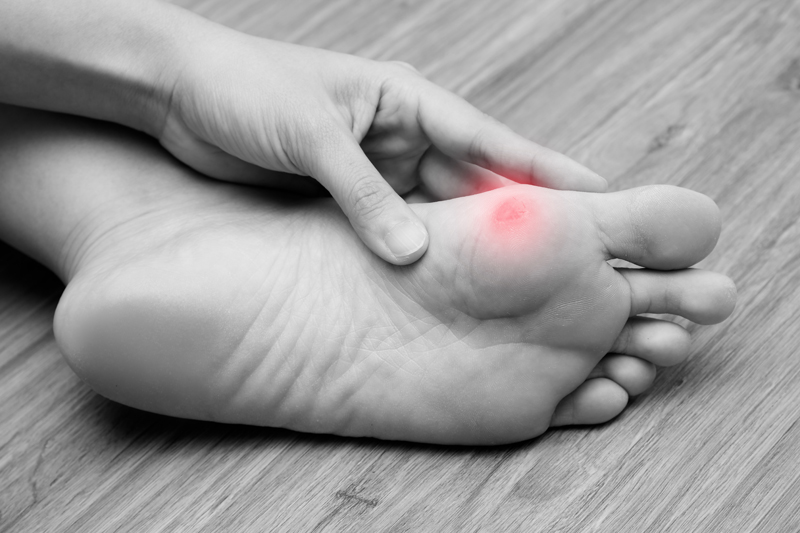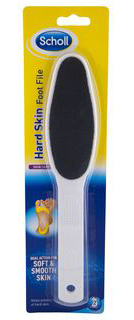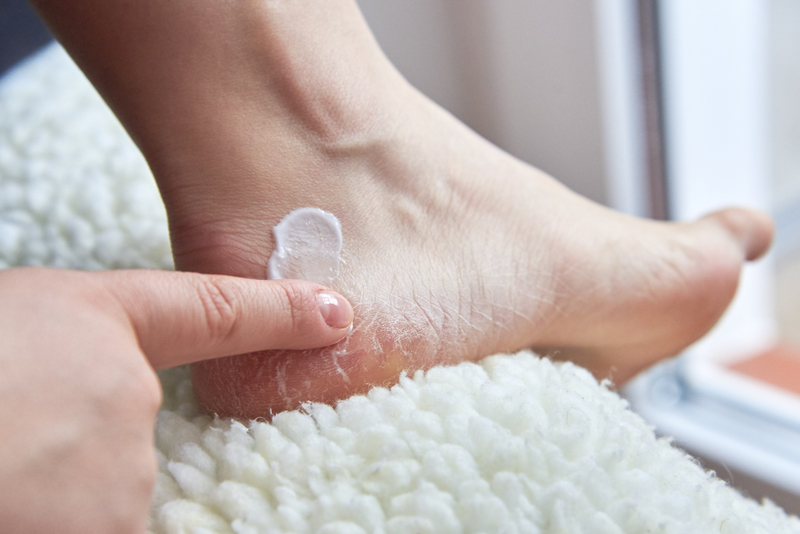Towards the end of summer, you might have found yourself thinking that your feet were a bit more dry than usual, or even noticed some small cracks or splits around your heels.
Corns, calluses and cracked skin happen to most of us at some point in our lives. If you have managed to get to middle age without any of these occurring yet – well done! You must be taking very good care of your feet. If you’re noticing a few rough patches and splits around your feet, then you have the next 2 weeks to get into a good routine of skincare for your feet and get them back to feeling their best.
If you are one of our essential workers during this time, then it’s really likely you will be placing increased strain on your feet through an increase in time spent on your feet doing all of the services which we rely on. If this is the case – thank you! Hopefully you are able to take a little time to yourself to keep your feet feeling comfortable. Below we will run through some at home care which you can do to avoid discomfort associated with corns, calluses and cracked skin during this lockdown period.

Corns can be painful – for this reason, you will generally know if you have one. They often occur on little toes, under the ball of the foot and between toes where joints can create pressure points. Corns occur through normal skin turnover, but due to increased pressure, the different layers of skin behave differently and as a result you will end up with a thickened, hard area of skin which extends down towards the underlying soft tissue and bone.
People often describe the discomfort as similar to having a stone stuck in your shoe, or a piece of glass stuck in your foot. The frustrating thing about corns is that they are so small, it seems hard to believe they should be able to cause such discomfort. You might be tempted to use corn pads on them – a quick google search would tend to indicate that this can ‘cure’ corns. However, corn pads often can create more discomfort; because they contain salicylic acid, they are designed to soften and remove the central hard area of the corn. But the logistics of sticking a pad impregnated with acid to an area on your foot and expecting this not to move throughout a regular day’s activities is not realistic. We frequently see people with areas of damaged skin as a result of using corn pads incorrectly. This might be because they have moved throughout the day, or because they are very hard to get in exactly the right spot when you’re dealing with something small and difficult to see on your foot.
The best option to get rid of corns is to see your podiatrist. If like now, this is not possible, then the next best option is to manage this discomfort caused by them. Pad out the area to remove the pressure on the corn and file away some of the overlying skin yourself. The ‘donut’ shaped pads which come with corn pads are perfect for this – just don’t use the acid insert for them. Another trick with something you probably have in the bathroom is using cotton wool tucked between your toes to keep them from pressing up so tightly against each other. Now’s a good time to think about shoes too – do your shoes make this feel worse? Are they too narrow, or lacking cushioning? Think carefully about what shoes you are wearing and if they are helping keep you comfortable or not.
Callus often occurs in conjunction with corns. The two occur in much the same way – thickening of the outermost layer of the skin which creates a tough layer of dead skin. This also builds up around areas of high pressure and friction – around heels, under the ball of the foot, around the edges of toes. It differs from corns because it forms over a much larger area of the foot and is generally more diffuse.
Most callus is functional; it protects the underlying tissue from the excessive pressure and friction, and it does this very well. However, when it gets too thick then it can actually increase the pressure over these areas, which can be detrimental both in terms of comfort and function. For this reason, we generally recommend keeping callus to a minimum. But what is the best way to do this? Well, we first need to look at why it’s developing. As mentioned previously, the main factors in its development are pressure and friction. So, having a look at your shoes choices and how they fit and support your feet, your sock choices and whether they are helping to minimise friction, and what activities you are doing are a good place to start.
Shoes should fit your feet – sports shoes particularly need to have a little extra width and length to accommodate our feet as they swell during the day and particularly with sports, which is why it’s always a good idea to be fitted for sport shoes. They should have adequate cushioning for the sport, and be replaced when showing signs of wear. Socks should be sweat wicking (e.g. Drymax socks are great) to prevent excessive moisture softening the skin during sports as this can increase blistering, which in turn encourages callus formation. Socks should be appropriate to the activity, too. For example, during hiking, wearing a thick sock with lots of looped fibres around high pressure areas such and heels and toes will help to disperse friction.

Next, we need to look at how we can reduce the existing callus to a more comfortable and managable level. One of the easiest ways to do this is using a foot file or pumice to gently file away thickened skin. Scholls have a good foot file which is generally available in pharmacies and some supermarkets, so you may be able to find them during a supermarket or pharmacy trip during our current lockdown period.
Cracked skin may be caused by dry skin which has become fragile, or it may be due to callused skin which has become too thick and splits due to lack of flexibility. Essentially, thickened skin with splits or cracks will be managed in the same way as callused skin as we have described above. Below, we will discuss how to manage dry, fragile skin which is splitting.

When skin gets very dry, it becomes almost brittle. It loses its ability to flex and stretch during normal movement, which can lead to splits and cracks in the skin. This often occurs as you get older, due to less sebaceous oil production by your skin which means you skin is dryer overall. Cracks and splits in skin which is quite thin and fragile need moisture to help the skin to heal. If your splits or cracks extend down into flesh or are bleeding then you need to apply a dressing to help prevent infection. Antibacterial cream such as crystaderm which has a lipid (fatty) base will be helpful to both prevent infection and get moisture back into the skin. If this is the case, dressing should be changed daily until the damage has healed. If you have superficial splits, (just on the surface of the skin) then just a normal oil or fat based moisturiser will work great. Using this daily or twice daily for a week or two and continuing to do this daily going forward will help to improve skin texture and prevent further skin splits or cracks.
Hopefully you’re feeling more confident about how to manage your skin to help keep it feeling in tip-top condition! If you are feeling stuck with any skin issues or aren’t noticing much of a difference with these tips and tricks, then phone or visit our website to book an appointment with us for when we return to clinic. What seems like an impossible issue to solve at home, is super easy for us to sort out in clinic.
0800 473 776
www.respod.co.nz
By Bronwyn Easterbrook-Smith

